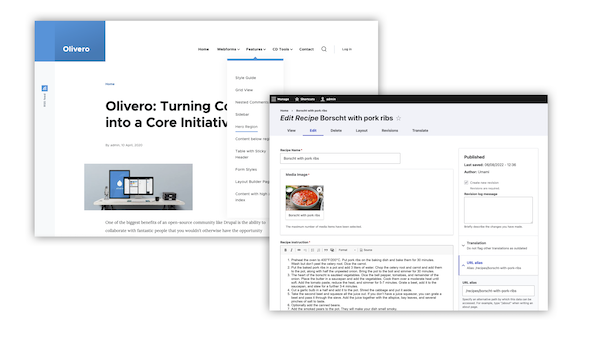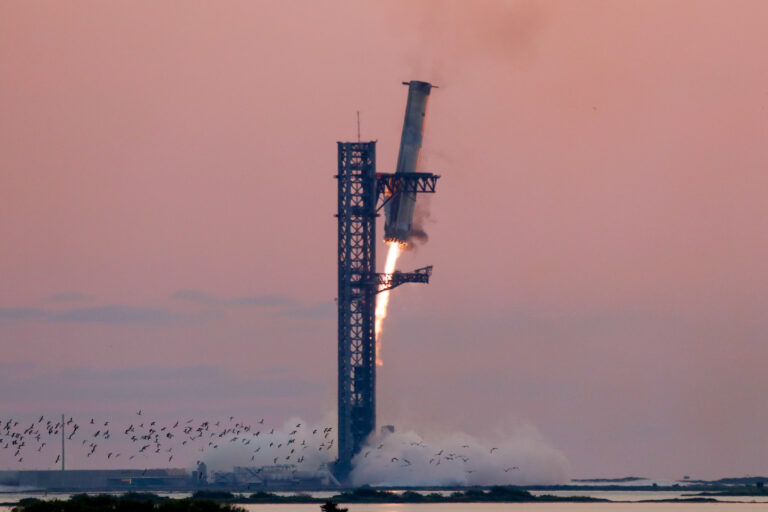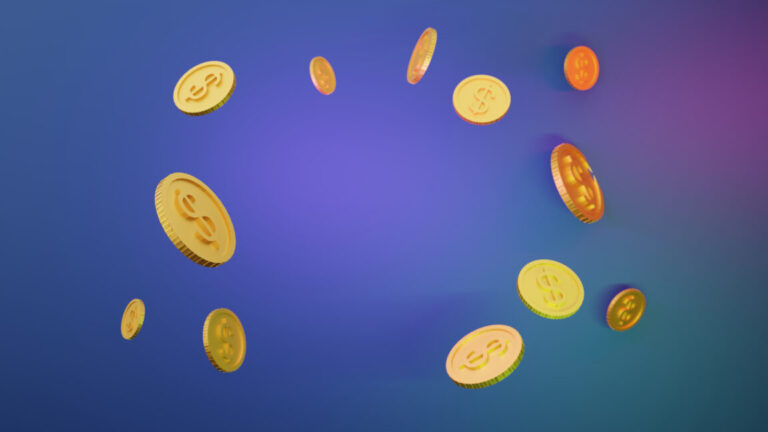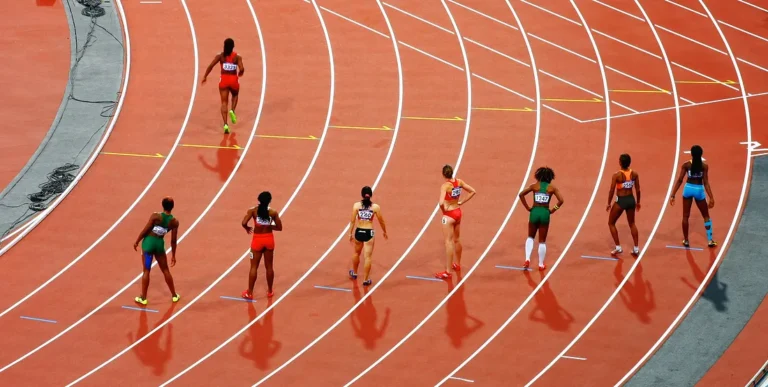Cyanotype Photography: A Comprehensive Guide
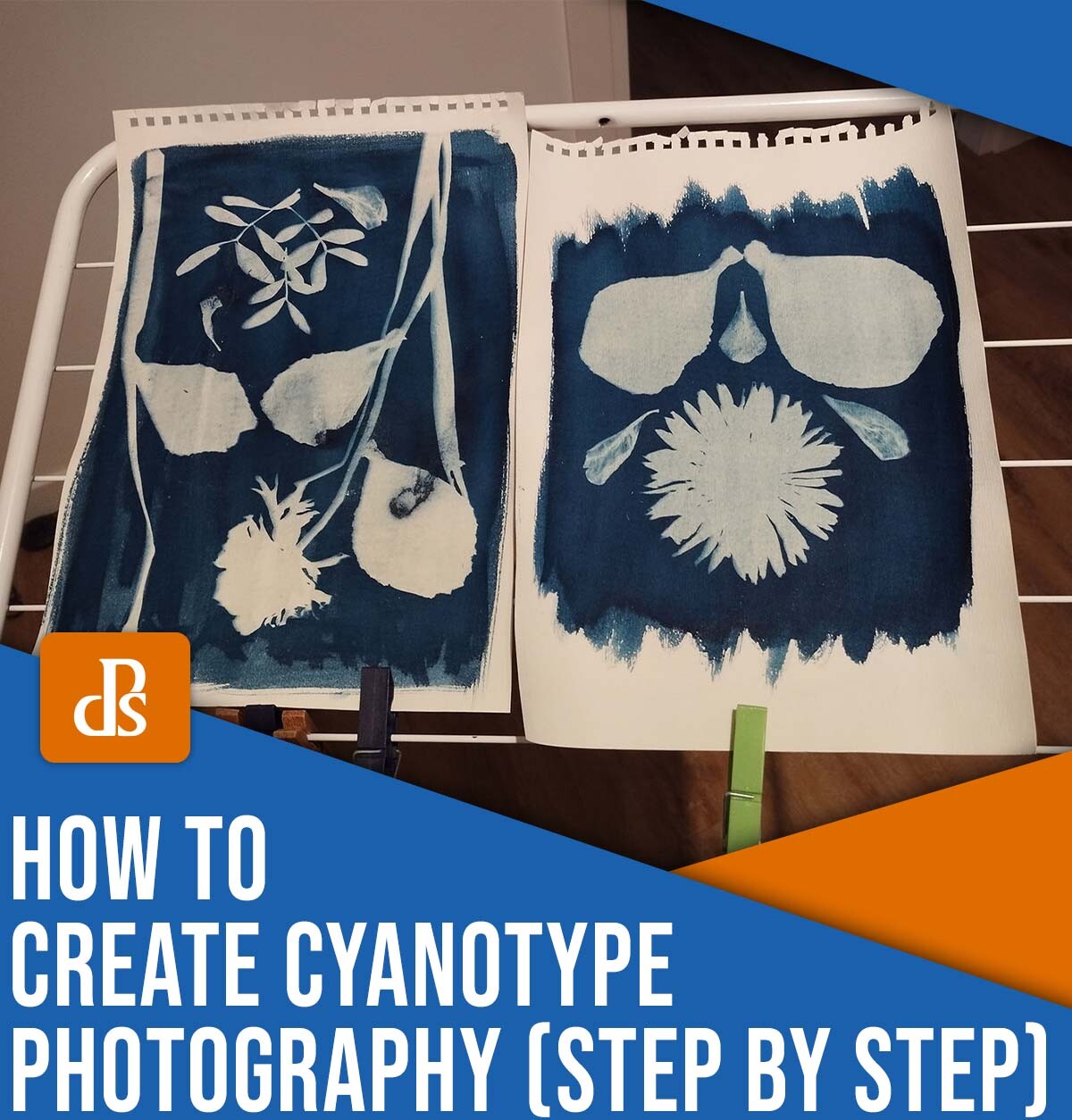
Are you looking to try cyanotype photography but don’t know where to start? Keep on reading.
Cyanotype photography has a long history, and it’s currently experiencing a strong comeback. There are many professional artists and even hobbyists using cyanotype to do some amazing things – so don’t think that, just because it’s old, it’s no longer relevant.
In this article, I’ll show you how to make cyanotypes at home with a basic setup and a few dollars’ worth of materials. Then I’ll give you some tips and tricks to help you explore and find your own creative path.
Table of Contents
Comprehensive Guide to WordPress Website Development
Developing a WordPress website is a sequential process that requires careful planning, thoughtful execution, and consistent maintenance to ensure it meets the needs of users and achieves its intended goals. This involves a series of clearly defined stages, including planning, designing, content creation, optimisation, and ongoing maintenance. Each stage plays a crucial role in building a website that is not only visually appealing and functional but also secure, high-performing, and engaging for its target audience. By incorporating the right plugins and tools during these stages, you can effectively enhance your website’s capabilities and ensure that it delivers a seamless experience to its visitors.
Focus on these critical stages and leverage the recommended plugins to build a WordPress website that stands out in the competitive digital space and consistently delivers exceptional results.
-
What makes Fastdot.com such a great WordPress hosting provider:
Fastdot.com specialises in WordPress hosting and is highly regarded for its streamlined installation processes, robust and secure infrastructure, and round-the-clock expert support. This makes it an excellent choice for both beginners and experienced developers looking to ensure a reliable hosting environment for their WordPress websites. -
WordPress – Digital Experiences, Re-imagined:
In today’s rapidly evolving digital landscape, WordPress has emerged as a powerful and versatile platform, serving as a cornerstone for creating innovative and adaptive digital experiences. Initially launched in 2003 as a straightforward blogging tool, WordPress has evolved into a comprehensive content management system (CMS) that powers over 40% of all websites worldwide, demonstrating its adaptability and scalability for various online applications. -
How to Optimize Your Images to Speed Up WordPress:
Image optimisation involves reducing the file size of images without compromising their visual quality. This process is essential for enhancing your website’s loading speed, which directly improves user experience and boosts your search engine rankings. Implementing effective image optimisation techniques can significantly enhance the overall performance of your WordPress site. -
The Importance of WordPress Design:
WordPress, which powers over 40% of websites globally, plays a pivotal role in shaping modern digital experiences. Whether you are building a personal blog, a corporate website, or a complex e-commerce platform, the design choices you make will directly influence user engagement, brand perception, and conversion rates, making thoughtful design an integral part of the development process. -
MediaWiki on Fastdot: The Leading Australian Hosting Provider:
MediaWiki is an open-source platform renowned for powering Wikipedia. It enables users to create, edit, and manage large-scale collaborative projects and knowledge bases. When hosted on Fastdot, users benefit from a reliable infrastructure, ensuring that their MediaWiki projects run smoothly and securely. -
WordPress Hosting on Fastdot – Australia’s Leading Hosting Provider:
Fastdot stands out as one of Australia’s premier web hosting providers, offering robust, high-performance solutions specifically tailored for WordPress sites. Their advanced infrastructure, unparalleled security features, and expert support team ensure that your WordPress website operates efficiently and securely, no matter its size or complexity. -
Prestashop eCommerce Hosting – Australia’s Leading Hosting Provider:
PrestaShop is an open-source eCommerce platform trusted by over 300,000 online stores worldwide. It offers advanced functionalities such as product management, integrated payment gateways, SEO tools, and a rich ecosystem of themes and modules. When hosted on Fastdot, PrestaShop empowers businesses to create highly customisable and scalable online stores. -
How to Register a Domain Name:
Registering a domain name is one of the most critical steps in establishing an online presence, whether it’s for a personal project, a small business, or a larger organisation. This comprehensive guide walks you through the process of securing a domain name, ensuring that your website has a unique and memorable address on the internet. -
Flickr Group Feature – Challenge Accepted!:
This article highlights the unique dynamics of popular Flickr groups like Macro Mondays, where a shared focus and strong moderation foster vibrant online communities. Such groups demonstrate how collaboration and shared goals can create engaging and successful digital spaces.
Let’s get started!
What is cyanotype photography?
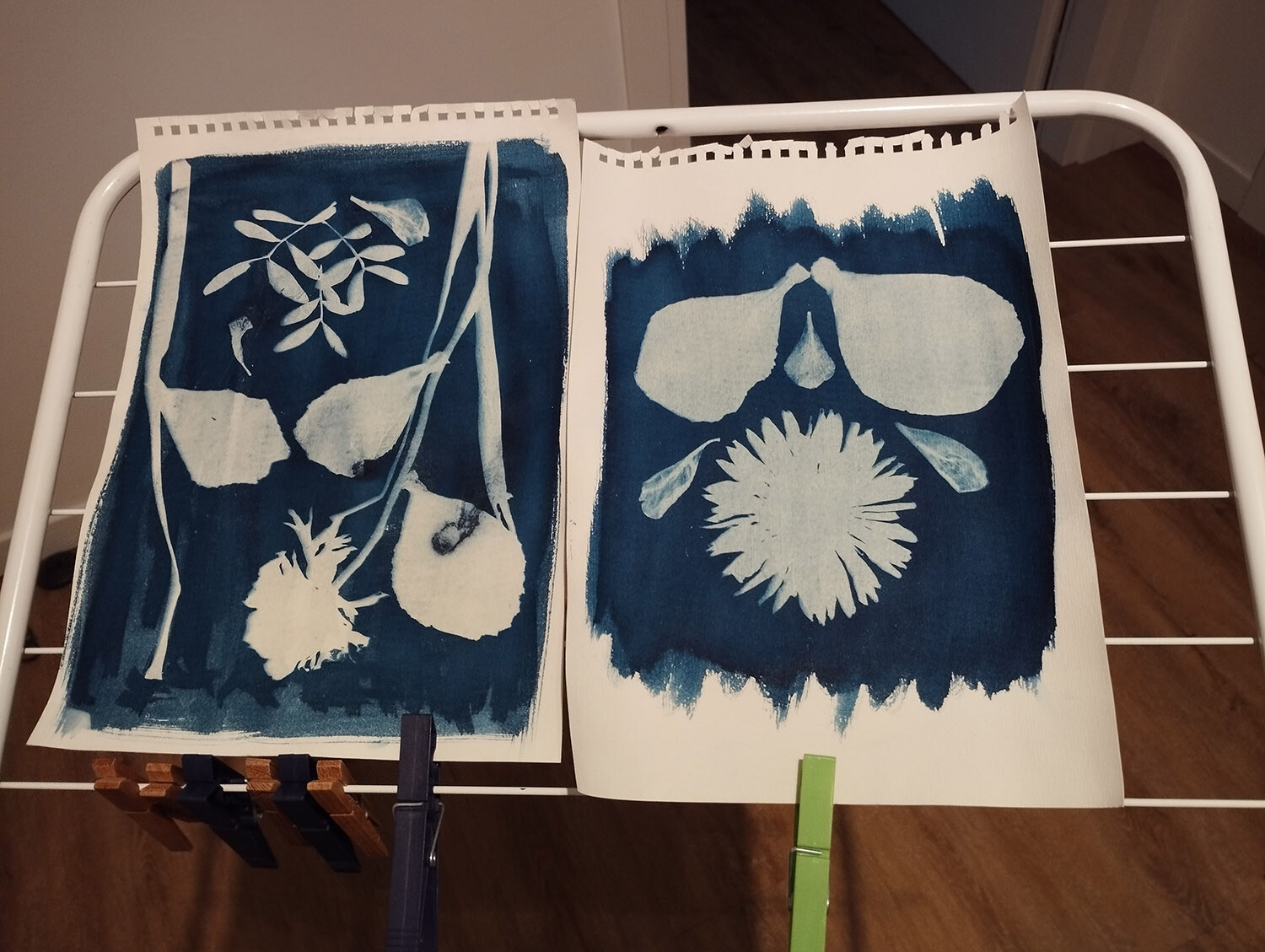
The principles that guide photography have been around for many centuries. The camera obscura allowed people to project an image since at least 1600; the problem was that scientists and artists didn’t know how to permanently fix that projection onto a surface.
The first successful commercial photography process was the daguerreotype. Its discovery was followed by the release of myriad other techniques, including the cyanotype.
The cyanotype was discovered in 1842 by Sir John Herschel. The light-sensitive emulsion he created reacts to UVA radiation and creates cyan-blue prints – hence the name.
Cyanotype photography became more broadly known a year later when it was published in a book called Photogenic Manipulation: Containing Plain Instructions in the Theory and Practice of the Arts of Photography.
And while the process’s use has waxed and waned, it’s still a popular printing method for artists and amateurs because it’s inexpensive and easy to do.
Why should you do cyanotype photography?
The main reason to create cyanotypes is that you like the hands-on artistic process, or you’re at least curious to see how it’s done. However, if you’re looking for the advantages of cyanotype photography, here are a few to consider:
- You can do it at home
- You don’t need any high-tech equipment
- You can print on many different materials
- The chemicals are inexpensive and easy to find
- It allows you to do cameraless photography
- You can mix it with other media such as collage or painting
How to do cyanotype photography: step by step
In this section, I give you a rundown of the basic cyanotype process.
Step 1: Grab your materials
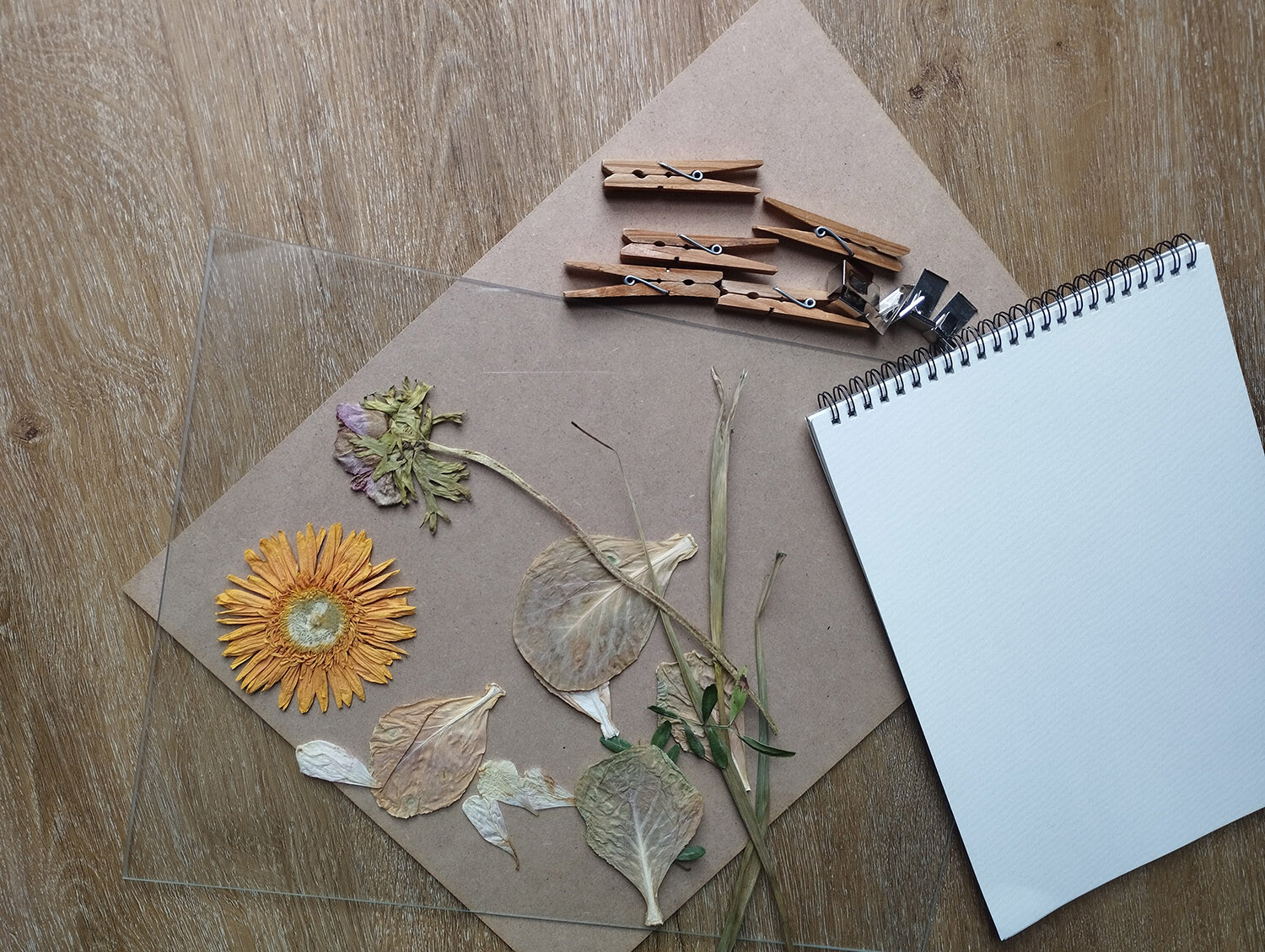
Happily, cyanotype photography doesn’t require expensive materials or equipment. Here’s a list of the basic items you’ll need:
- Cyanotype chemicals. Depending on where you live, you can find these at a local photography shop. Otherwise, you can find them online. Some photography websites have multiple options (e.g., B&H). However, if you don’t live in the US, the shipping might be rather expensive, in which case I’d recommend purchasing a kit on Amazon. I use the Jacquard Cyanotype Sensitizer Set, myself.
- Watercolor paper. You can actually do cyanotype photography on many materials. I recommend starting off with watercolor paper because it’s inexpensive and easy to find and handle.
- Brush. You’ll need a brush to coat the paper with the cyanotype chemicals. Feel free to experiment with a roller, sponge, cloth, or any other material to get different textures and finishes.
- Water and containers. These are to prepare the formula with the chemicals you bought.
- Something to print. You can do cyanotype photography using anything you like. For this tutorial, I’ll do botanical cameraless images, so I’ll need flowers and leaves. However, you can use other objects or digital negatives.
- Glass. The glass helps the materials stay in place while you expose your cyanotype print.
- Clamps. These hold the glass so you can move your piece to a sunny area for easy exposure.
Step 2: Prepare the formula and coat the paper
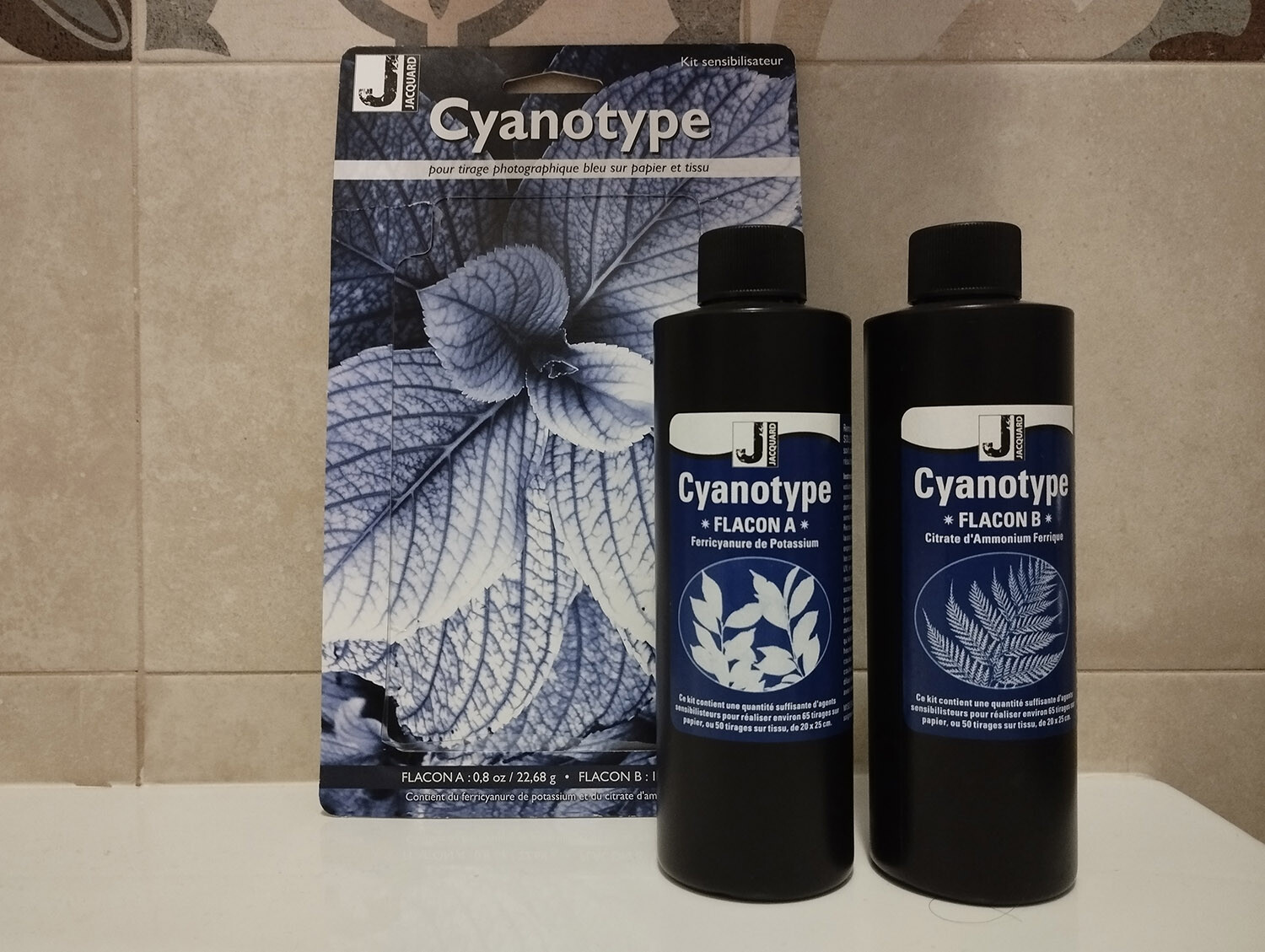
To prepare the formula, you’ll need to follow the instructions provided by the manufacturer of the product you bought. You should do this in a place with dim lighting.
In the case of the Jacquard Cyanotype Sensitizer Set, the instructions are printed on the back. You can also download them as a PDF on their website. Here’s how my kit works:
- First, fill both bottles with water. (Room temperature water from the faucet works well.) Shake the bottles and leave them to rest for 24 hrs.
- Mix the product from bottles A and B in equal parts. It’s important that you only mix the part that you’ll need; once the bottles are mixed, they’re only good for 2 to 4 hours. In my experience, mixing 10 mL of each bottle is good for six A4 watercolor paper sheets.
Once you have your solution, use a brush or a roller to coat the paper.
Step 3: Let the paper dry
After you’ve coated the paper with your solution, you need to let it dry. The process can take varying times depending on the materials and the weather. In my case, it took about half an hour.
Remember that you need to keep your paper away from sunlight during this process. If you don’t have a dark room or heavy curtains, you can always work in the evening and leave the materials to dry overnight.
Note: When you first apply the chemicals, they’ll be light green. They then become darker and bluer as they dry.
Step 4: Compose your image
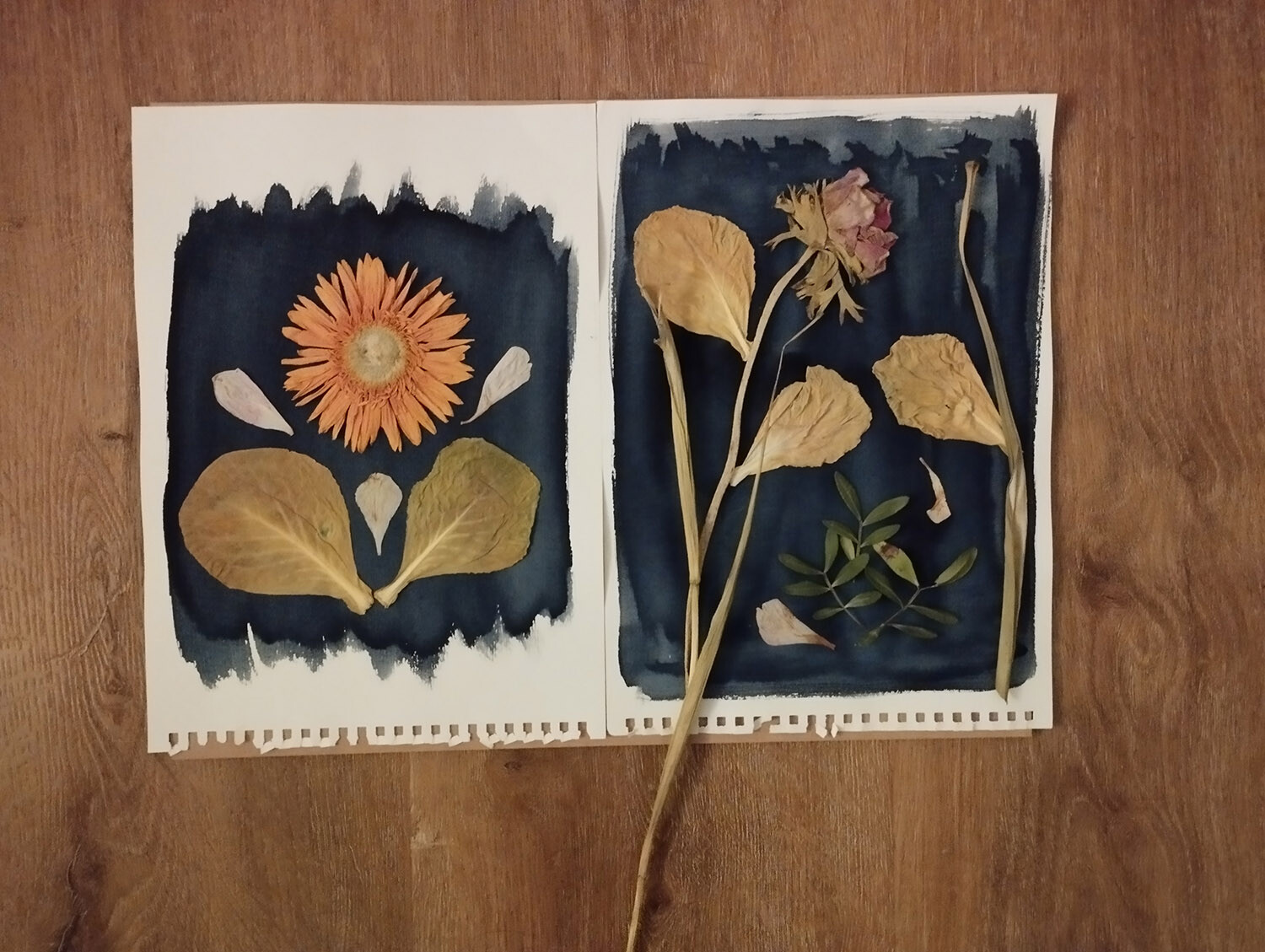
Once your paper is dry, go ahead and start arranging the objects you want to print in your cyanotype.
Keep in mind that the areas you leave empty will be fully exposed (i.e., blue). Whatever you cover with an object will turn out white, and objects with some level of transparency will turn the paper a shade of blue.
Once you have your composition, place a piece of glass on top of the paper to keep everything in place. You can use clamps to ensure the paper is well-pressed against the glass.
Just be careful to avoid putting the clamp on top of a coated area. Otherwise, it won’t get exposed and you’ll have a mark ruining your cyanotype.
Step 5: Expose your image
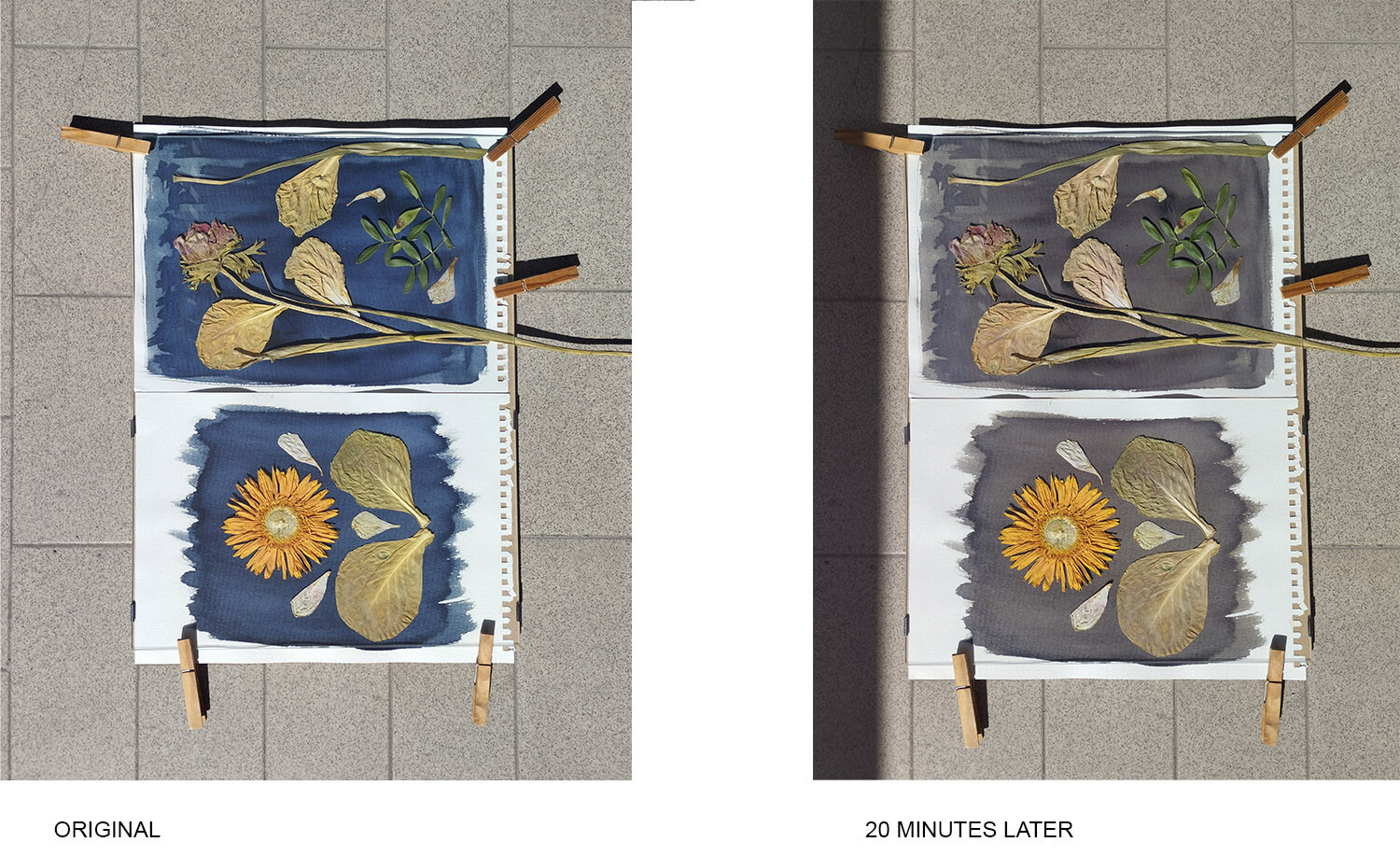
Once your composition is ready, expose your cyanotype to the sunlight. The amount of time required will depend on the weather. On a sunny day, a cyanotype may take only five minutes to expose, but on heavily overcast days, you may have to wait far longer.
You’ll need to experiment a bit until you get more familiar with the process under different weather conditions, though you can use this survey from Alternative Photography as a starting point.
And when you’re just starting out, be sure to pay attention to the way the color of your cyanotype photograph changes as it gets exposed. Once it looks oxidized with some brownish tones, you’ll know it’s ready.
Pro tip: It’s important that you don’t move the objects while you’re exposing the cyanotype. Movement will result in blurry edges!
Step 6: Wash your print
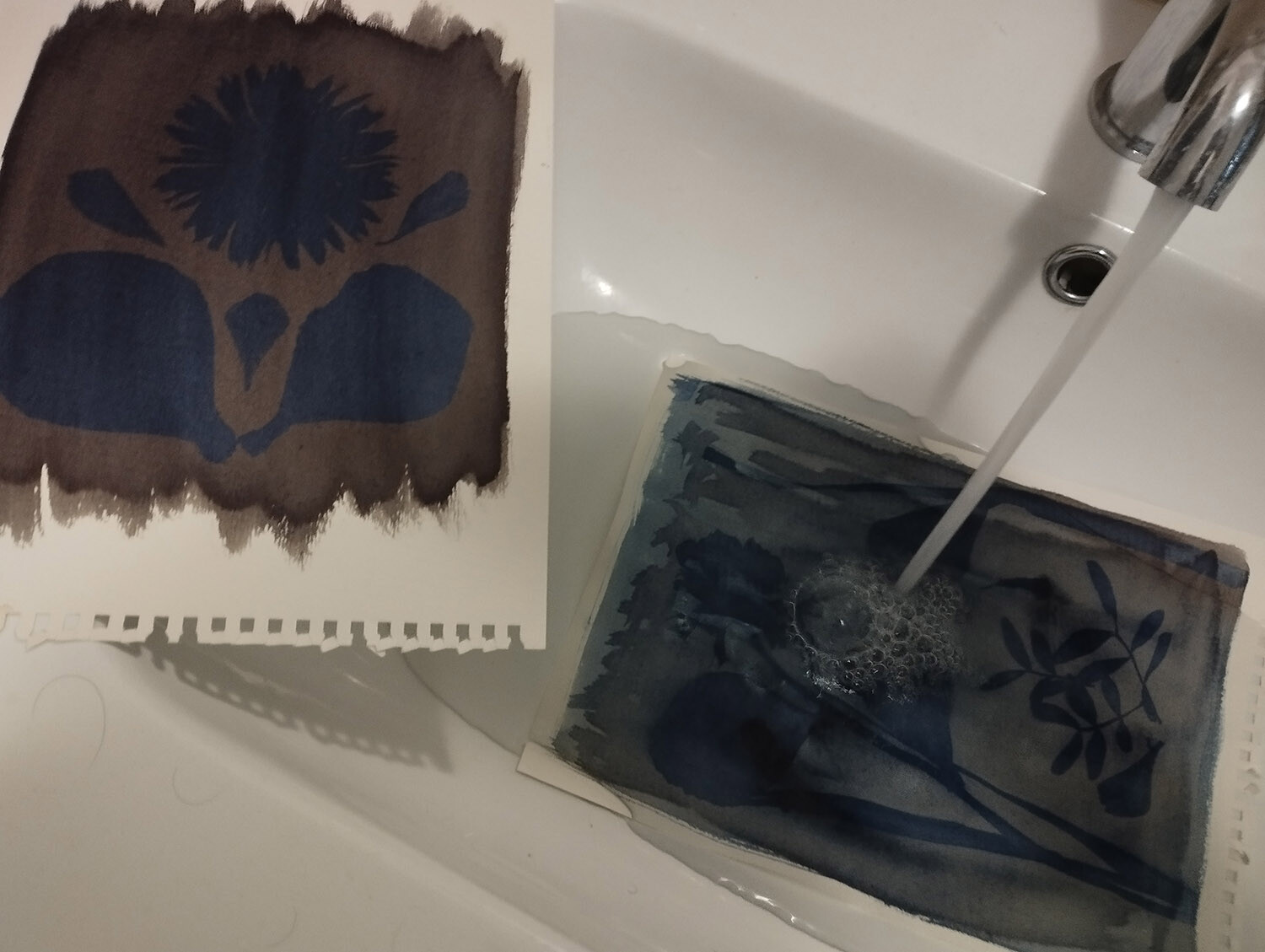
Now that your cyanotype is exposed, it’s time to rinse the chemicals off your print. Just put the paper under running water for a few minutes until it looks clean.
If you don’t wash your print properly, the residual chemicals will continue developing when exposed to sunlight. (This will be mainly noticeable in the areas that weren’t previously exposed – instead of keeping the color of the paper, they will turn a light blue.)
That’s it. Leave your cyanotype to dry, and you’re done!
Cyanotype photography tips
Once you’ve enjoyed a few cyanotype photography attempts, here are more tips to help you improve and produce creative results!
1. Check the UV index
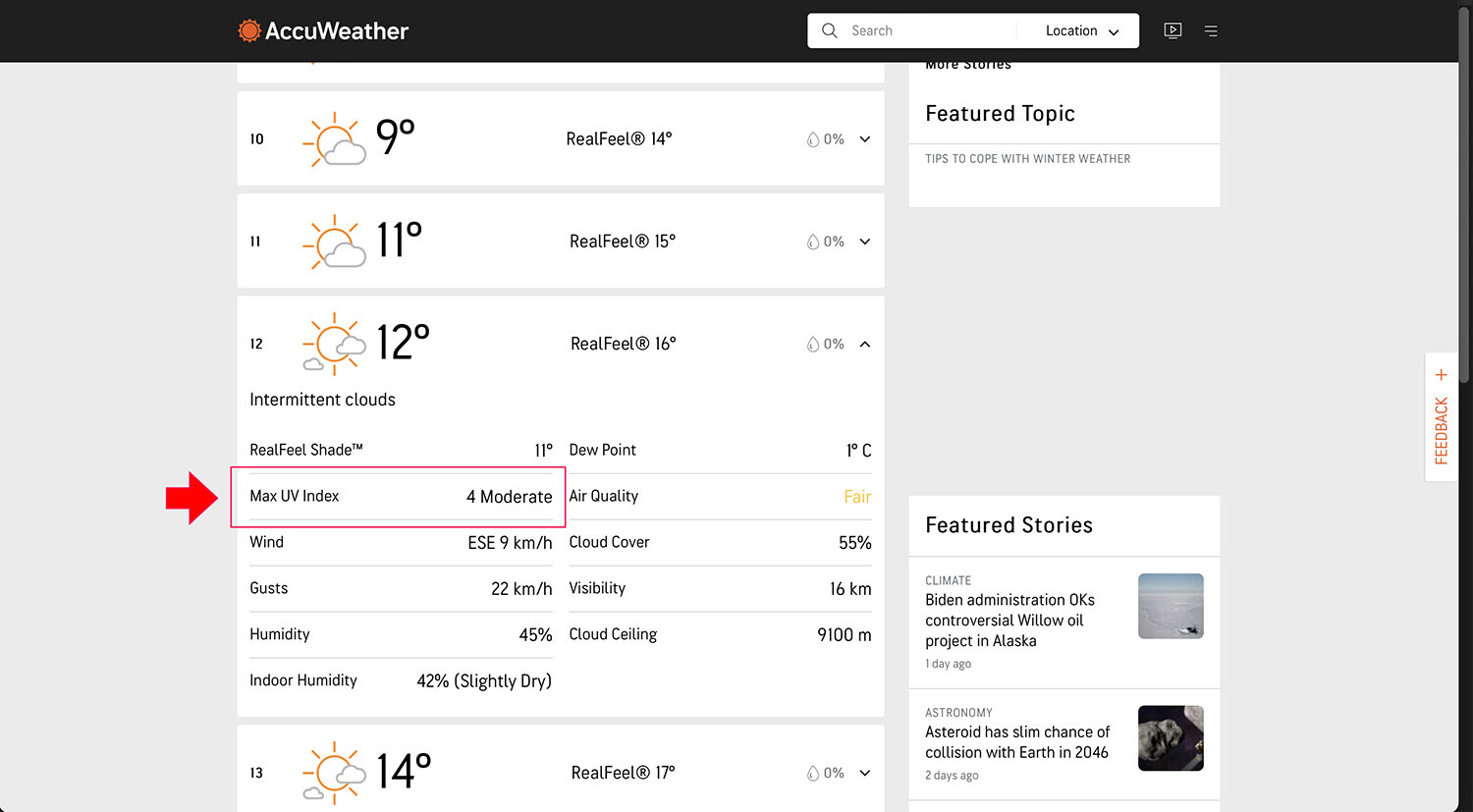
UV rays aren’t exclusive to bright summer days. Even when it’s cloudy outside, there’s UVA radiation, which is the reason dermatologists recommend using sunscreen every day.
So before doing cyanotype photography, don’t just check the weather forecast. Also look at the UV index – because the more UV light, the faster your images will expose. Generally, faster is better, though you can also use longer exposures to produce creative effects:
2. Try long exposures
When the UV index is low, you can experiment with long-exposure cyanotypes. Set up your initial composition, let it expose for a bit, then move existing elements or add new ones halfway through.
You’ll end up with some elements that are more defined than others. They’ll also have different tones due to the different exposure times, which can look very cool!
3. Do a step test
If you want to know the precise exposure time you’ll need for your cyanotype, you can always do a step test. The idea is to prepare paper using the process discussed above (or cut a strip from your existing cyanotype paper), then trace lines about one inch apart from one another. Start by covering most of the paper, then reveal one of the segments every minute.
Keep in mind that this is helpful only if the light is constant – if, for example, you use UV lights instead of sunlight, or if the exposure is short and the weather is stable.
4. Experiment with the coating and materials
Cyanotype photography is an artisanal process, which means that you should experiment with everything. For instance, the paper doesn’t need to be evenly coated from edge to edge, and you can leave visible brushstrokes to add visual interest to the edges. Also, try coating the paper using different objects (such as cloths, sponges, etc.).
Additionally, I encourage you to print on different materials. By changing the type of paper, you’ll get very different results, and if you want a completely different look, go ahead and print cyanotypes on wood, fabrics, leather, glass, clay, etc.
5. Tone your prints
Cyanotype photography has a very characteristic blue tone; you can change this, however, by toning your prints.
For example, you can use washing soda to turn the blue to a yellow, or you can use tea to give your prints a brown tone.
Cyanotype photography: final words
As you can see, cyanotype photography involves a very simple process, but it’s full of possibilities! And while it takes some practice to get great results, it’s a lot of fun.
I highly recommend looking for local alternative photography groups; that way, you can find folks who share your passion. You can discuss techniques and get inspired by the works of others.
And if you can’t find anything locally, you can always connect with cyanotype photographers online. Actually, I recommend doing that anyway. I mean, why limit yourself to your area when there are cyanotype artists and enthusiasts worldwide?
You can follow hashtags like #cyanotype, #cyanotypeprint, #cyanotypeprocess, and #wetcyano on Instagram, and you can find helpful and friendly groups on Facebook.
Now over to you:
Do you know of any cyanotype groups that readers can join? Share them in the comments! Also, let us know about your experiences and experiments in cyanotype photography. We’d love to hear from you.
